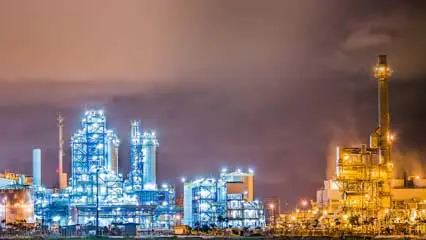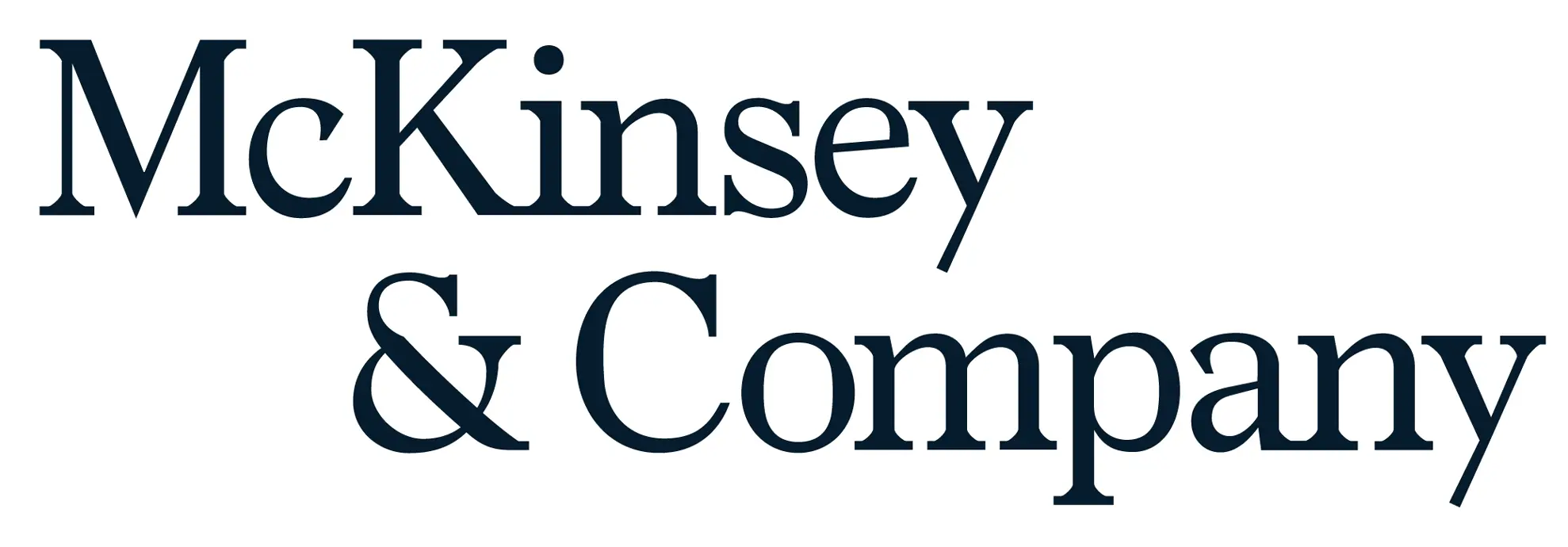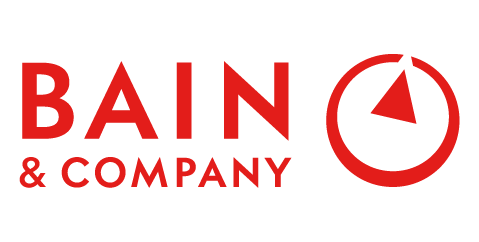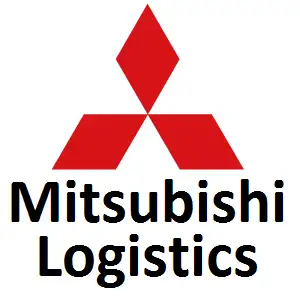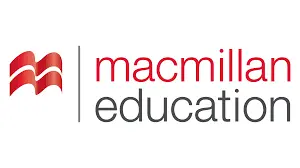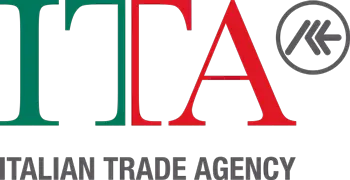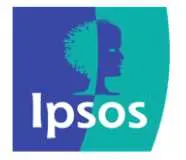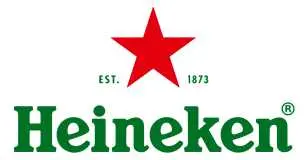
N-Butanol Market Share, Revenue, Trends, Growth Drivers, CAGR Status, Challenges and Future Investment Strategies Till 2034: SPER Market Research
Category :
Chemical & Materials
Published: Feb-2025
Author: SPER Analysis Team
N-Butanol Market Share, Revenue, Trends, Growth Drivers, CAGR Status, Challenges and Future Investment Strategies Till 2034: SPER Market Research
Global n-Butanol Market is projected to be worth 10.11 billion by 2034 and is anticipated to surge at a CAGR of 6.16%.
N-Butanol, sometimes referred to as 1-butanol, is a linear alcohol containing four carbons and the chemical formula C₄H₉OH. It is a clear, colourless liquid with a moderate volatility and a distinct alcohol-like smell. It is a primary alcohol because the first carbon in the chain has a hydroxyl group (-OH) connected to it. Although many plants and fruits naturally contain trace amounts of n-Butanol, it is mostly made industrially by fermentation or the Oxo process. As a chemical intermediary in the synthesis of butyl esters and glycol ethers, it is also frequently employed as a solvent in paints, resins, and adhesives.
Drivers: The demand for n-Butanol from the textile and construction sectors has surged due to the growing population and increased industrialization, particularly in emerging economies. N-Butanol is being utilized more and more in a variety of fields, including agriculture, chemistry, and pharmaceuticals. The market for shaving products, hygiene products, and other cosmetics has grown due to rising urbanization and disposable income, which has aided in the personal care industry's acceptance of n-Butanol. This market is anticipated to increase as a result of the expansion of the building and construction sector. Numerous construction-related goods, including paints, varnishes, adhesives, and coatings, include n-Butanol.
Request For Free Sample Report @ https://www.sperresearch.com/report-store/n-butanol-market.aspx?sample=1
Challenges: One major factor preventing the market for N-Butanol from expanding is the high cost of manufacture. The market does, however, encounter difficulties related to energy costs, raw material costs, and adherence to safety and quality regulations. Propylene and butyric acid, two inputs needed for the synthesis of N-Butanol, are both susceptible to price fluctuations because of the dynamics of the global market. The expansion of the N-Butanol market in India has been severely hampered by the absence of infrastructure. Its distribution and manufacturing are highly dependent on a sophisticated infrastructural network. Unfortunately, insufficient facilities for distribution, storage, and transportation pose problems for India.
Market Trends: N-Butanol is in significant demand in the transportation sector since it is used in ignition engines, braking fluids, biofuel, and other applications. Due to increased production in reputable transportation industries including automobiles, locomotives, airplanes, and ships, the market is growing. N-Butanol is widely used and in great demand as a biofuel across numerous industries. Due to the growing emphasis on reducing volatile organic compounds (VOCs), greenhouse gas emissions, and crude oil price volatility, the biofuel business is growing rapidly. The global market is driven by the growing building and infrastructure industries. The rising demand for coatings from end-use industries is also expected to drive an expansion in the world's N-Butanol production.
Global Market Key Players:
BASF SE, Eastman Chemical Company, Mitsubishi Chemical Corporation, Green Biologics Limited, Formosa Plastics Corporation, Lihuayi Weiyuan Chemical Co., Ltd, OQ Chemicals, OXEA Corporation, and Perstorp Oxo AB are just a few of the major market players that are thoroughly examined in this market study along with revenue analysis, market segments, and competitive landscape Data.
For More Information about this Report @ https://www.sperresearch.com/report-store/n-butanol-market.aspx
Global n-Butanol Market Segmentation:
By Grade: Based on the Grade, Global n-Butanol Market is segmented as; Industrial Grade, Commercial Grade.
By Feedstock: Based on the Feedstock, Global n-Butanol Market is segmented as; Sugarcane, Corn, Cellulosic Biomass, Natural Gas.
By Application: Based on the Application, Global n-Butanol Market is segmented as; Butyl Acrylate, Butyl Acetate, butyl carboxylates, Glycol Ethers, Direct Solvent, Plasticizers.
By End User: Based on the End User, Global n-Butanol Market is segmented as; Paints and Coatings, Chemical Manufacturing, Automotive, Construction, Textiles, Printing Inks, Pharmaceuticals.
By Region: This research also includes data for North America, Latin America, Asia-Pacific, Europe and Middle East & Africa.
This study also encompasses various drivers and restraining factors of this market for the forecast period. Various growth opportunities are also discussed in the report.
Would you like to view the sample pages?
Get Sample PagesExplore Related Reports
Domains Served
Our Global Clients
Our data-driven insights have influenced the strategy of 200+ reputed companies across the globe.




